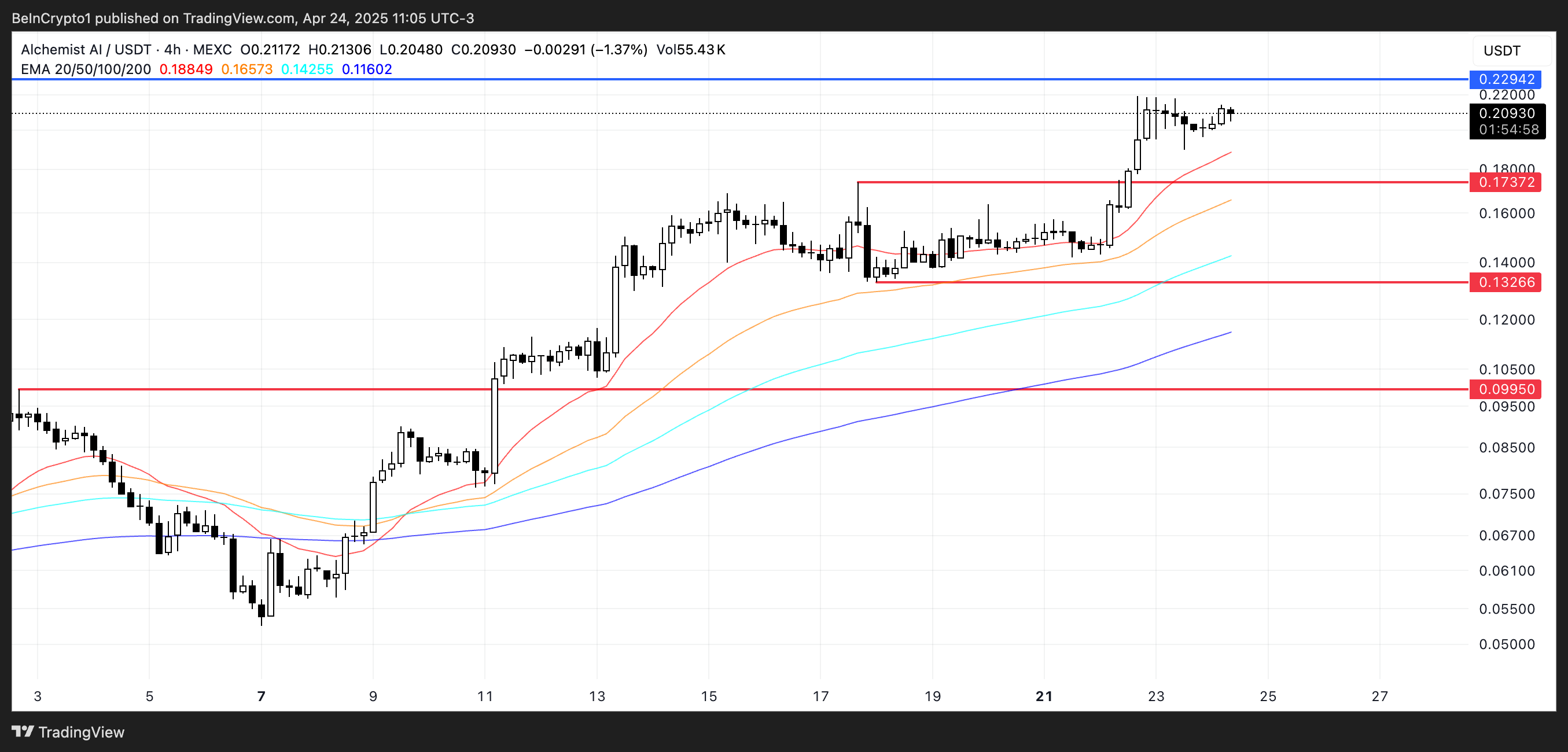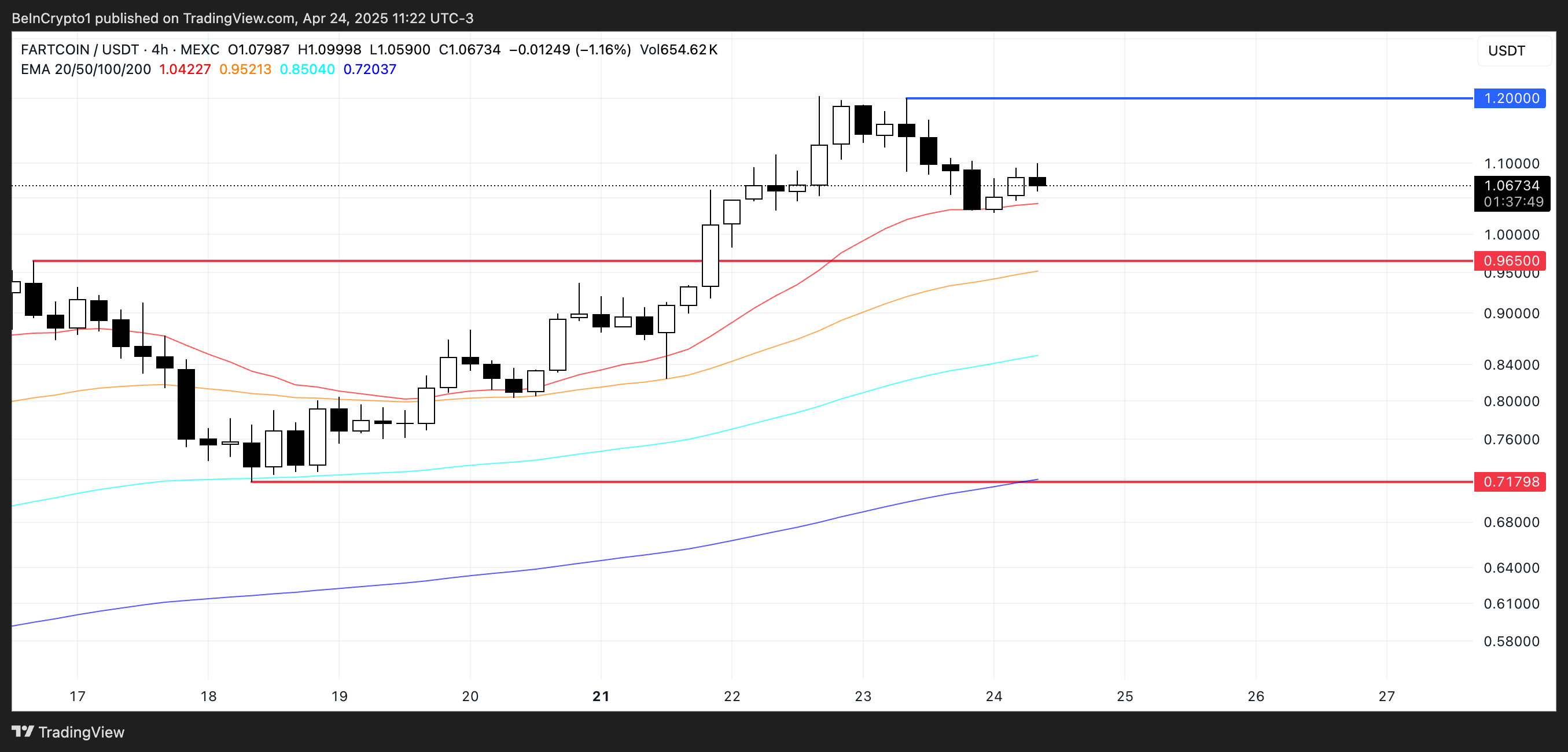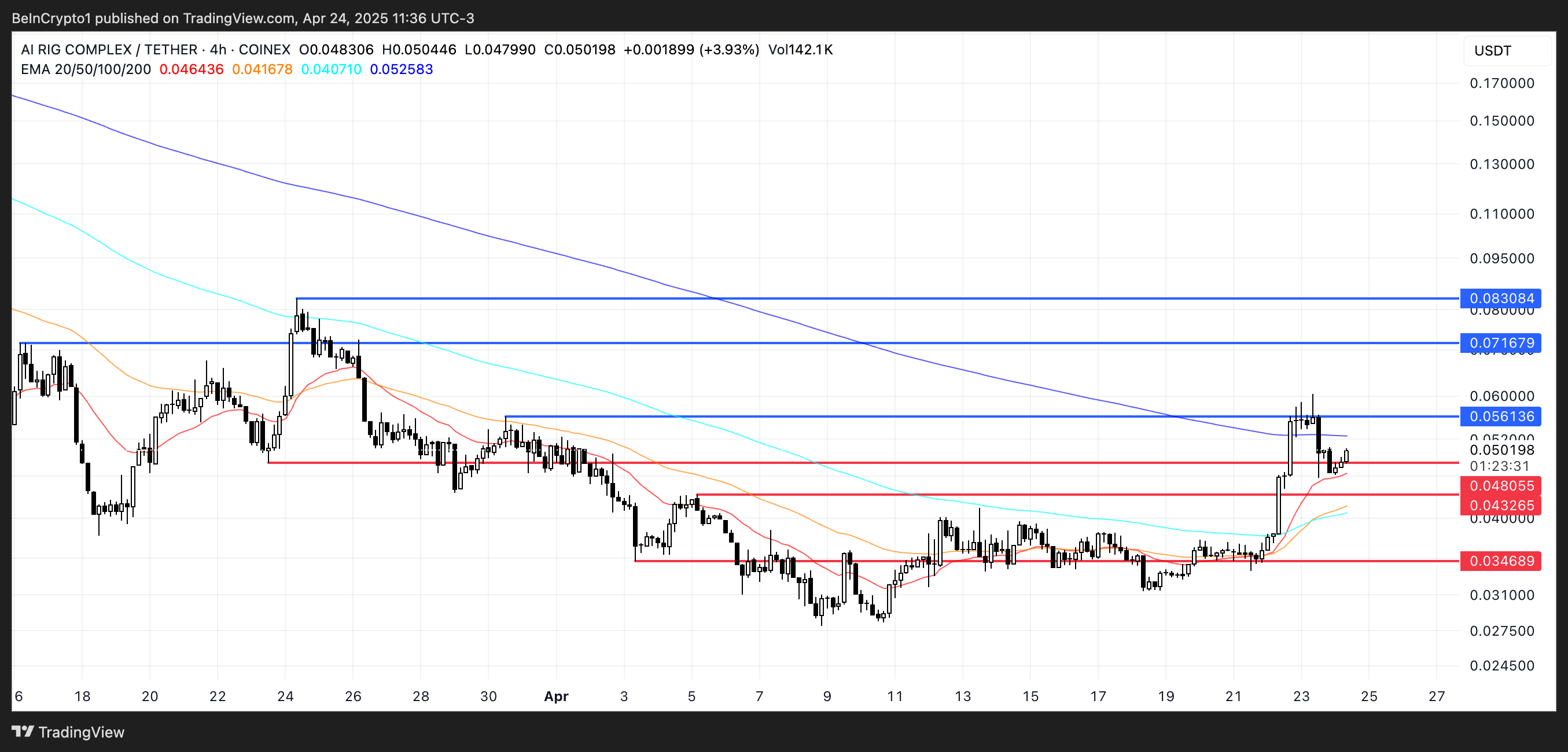Cardano (ADA) Enters a Decisive Phase: Will a Golden Cross Trigger a Move Above $1?

The post Cardano (ADA) Enters a Decisive Phase: Will a Golden Cross Trigger a Move Above $1? appeared first on Coinpedia Fintech News
The crypto market is in a pivotal phase, marked by trend reversals, mixed short-term performance and total capitalization at $2.89 trillion. While Bitcoin, Ethereum, XRP, etc., and a few more have slid down, Cardano (ADA) price has managed to keep up the bullish momentum. The third-generation token witnessed a robust rally this week, delivering over 16% gains as it surged from a low of $0.62 to $0.73. With the rise in the investors sentiments, the ADA price appears to be gearing up for its next big move.
The ADA price began the week consolidating near the $0.62 to $0.63 zone but broke out strongly mid-week and climbed past the resistance at $0.68. Besides, the retail participation surged, with wallet and address activity increasing by double digits week-over-week. As per some reports, more than $16 million in ADA exited exchanges, indicating the investors moving tokens to cold storage, typically a bullish signal. The open interest in ADA-related derivatives soared alongside spot price appreciation, confirming growing market engagement.
Now that the ADA price has reached an important price zone, a breakout may lead the price to trigger a rise close to $1.
As seen in the above chart, the ADA price is stuck between the pivotal resistance and support levels at the 200- and 50-day MA, respectively. On the other hand, the MAC shows a drop in the selling pressure, including a bullish crossover, which could reinforce the upward momentum. Although the RSI has not yet reached the overbought range, the rise in the levels hints towards an increase in the buying interest.
With the bullish technicals surrounding the ADA price rally, the next critical resistance could be around $0.77 and if the price rises above the range, a rise above $1 could be imminent. Moreover, a potential Golden cross may also ease the bullish activity in the next couple of days.
The bullish sentiment has been dominating the ecosystem, supported by social chatter forecasting upside towards $1 or, optimistically, even $4 in the coming months. The crypto is in a technical and sentiment-driven upswing with key resistance levels at $0.77 and $0.1.1 as the next focus for the bulls. Therefore, sustained momentum and supportive macro conditions could propel the Cardano (ADA) price to new yearly highs.
The post Cardano (ADA) Enters a Decisive Phase: Will a Golden Cross Trigger a Move Above $1? appeared first on Coinpedia Fintech News
The crypto market is in a pivotal phase, marked by trend reversals, mixed short-term performance and total capitalization at $2.89 trillion. While Bitcoin, Ethereum, XRP, etc., and a few more have slid down, Cardano (ADA) price has managed to keep up the bullish momentum. The third-generation token witnessed a robust rally this week, delivering over …





 BNB (@cz_binance)
BNB (@cz_binance) 




















